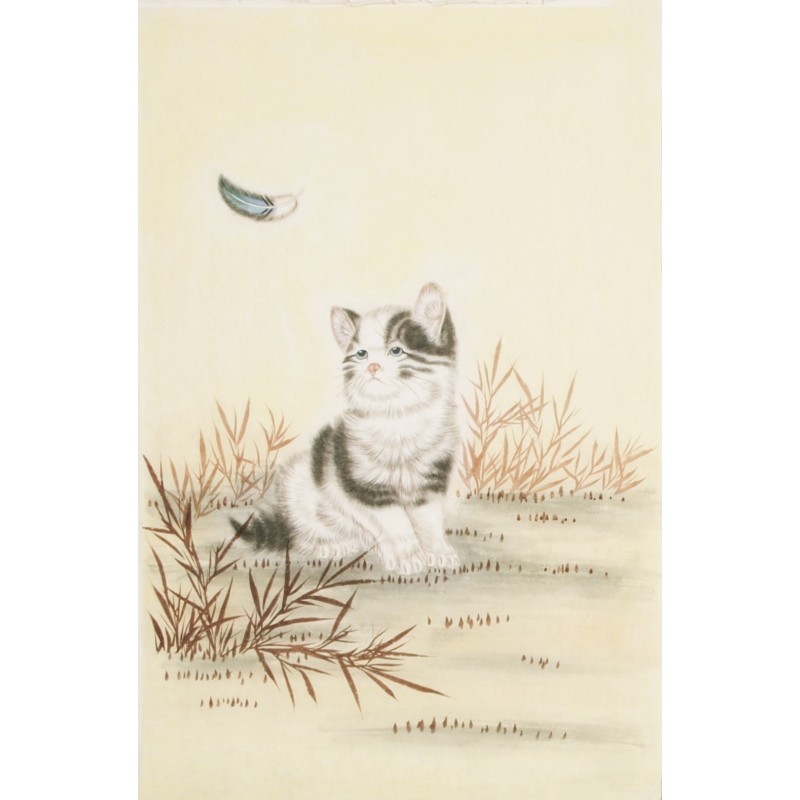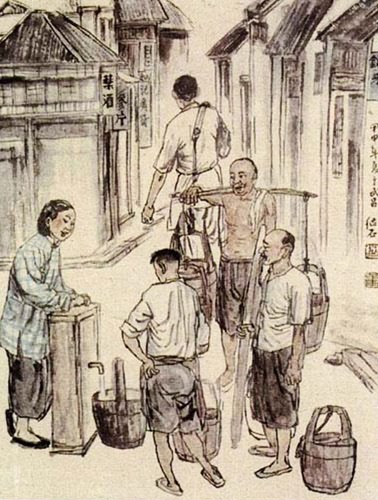For most people, the ability to appreciate a Chinese painting depends on whether they can understand it. Generally their appreciation steps are: what is painted? Is the image painted vividly? What is the implication of this painting? If they can answer all these questions, they will understand the painting. If they can't, the painting is not understood. This is a traditional "storytelling" method, which is often too much with the literal description. In general, fine brushwork or realistic Chinese painting is easy to appreciate with this method, for it is concrete, real and lucid.
However, it is more difficult to appreciate if it is freehand brushwork, especially ink and wash painting. Because it is not realistic, you have no way of knowing the implication.
In terms of art, the key of appreciating a painting lies in the theme. In other words, whether a painting can reflect a certain concept, ideology, firmly grasp the heartstrings of the viewers, giving full artistic enjoyment and enlightenment seems more important. It should be said that it is the real purpose of all art works.
However, if we are to enjoy the paintings from the following aspects may be better understood. It is proposed that art appreciation need to go through three stages--aesthetic perception, aesthetic comprehension and aesthetic creation.
Aesthetic perception requires us to perceive Chinese paintings directly. Such as what is painted? Bright color or dark color? Smooth lines or clumsy lines? Fine brushwork or freehand brushwork? In short, all these need to perceive intuitionally by yourself.
Aesthetic comprehension is conducted on the basis of aesthetic perception. That is we should understand the connotation of paintings based on intuitive feelings. This comprehension includes the understanding of art forms and artistic skills, the understanding of content and theme, and the understanding of the background, which requires strong thinking ability.
We can think step by step: what is demonstrated? How is performed? Is the painting method appropriate? Is the theme adequately expressed? At the same time, we could pierce the artist's thoughts through the image painted: enthusiastic praise or pungent satire? And we can analyze according to the author's life experience, creation features and life background as well.
Aesthetic creation is to create a new image on the basis of your own aesthetic experience, cultural knowledge and life experience after the preceding two stages. In this way, you will indeed gain inspiration and real significance when appreciate a Chinese painting.






